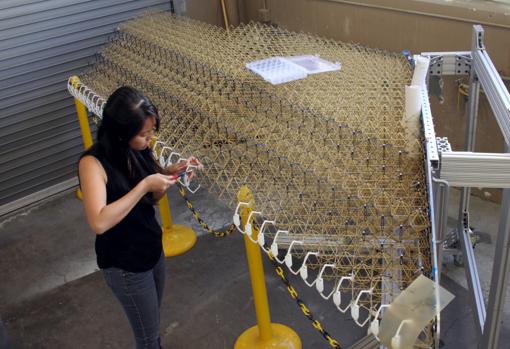For many UFO investigators in many parts of the World that have been working on the subject for decades, the name of C.I.O.V.I. is familiar to them, and they know how serious and reliable the work of the Uruguayan institution was.
But for the people that came to the UFO arena in recent years, I think it is good to say something about how we began, what were the predominant ideas then, how the developing of the investigation and study of cases changed our minds and re-shaped our entire look about the UFO subject.
First of all, when we began our activities we were young people. Probably I was the younger, 19 years old. Others were in the early twenties –23 to 25 years old. That factor gave us from the start enthusiasm coupled with curiosity.
That led us to get immediately in contact with organizations and people throughout the World but mainly with Argentina, Brazil and the U.S.A.
All that people and organizations, and us –of course—shared the same will to know what was really going on, but we accepted and at a certain length enjoyed the privilege to know things that the vast majority of the people ignored. We felt depositaries of a very special secret that for the general public at that moment in history, sounded ridiculous: that we were visited by extraterrestrials and that the “flying saucers” as they were called then, were their ships.
When I was editing the book “Aliens, Ships and Hoaxes” (Amazon, Dec.27 2018, 206 pages) which fundamentally is the first and only survey done among top investigators of Europe and the Americas, I realized that all of us started with the same ideas. It is fair to recognize that those ideas have a common origin: the United States of America, through organizations like the National Investigation Committee on Aerial Phenomena (NICAP) whose name was somehow tricky because someone could think that the adjective “national” implied an official agency, added to the fact that had its headquarters in Washington D.C., he capital city.
The other important American institution was the Aerial Phenomena Research Organization (APRO).
Both published regularly bulletins with a lot of information, photos, and graphics.
Both also pointed to an extraterrestrial origin of UFOs.
It was the permanent investigation applying the scientific method, the systematic and needed skepticism applied to analyze the tales of the witnesses and a firm adherence to the principle of Ockham's razor what helped us to explain the hundred percent of the cases we dealt with.
And it was precisely this permanent work of investigation, study, and analysis of so many cases that convinced us that we were not dealing with extraterrestrials, that it was a myth created by the USAF as an intelligent and crafty way to cover the experimental and operational air activities related to reconnaissance missions.
A myth amplified by the media that penetrated deeply in the minds of the public in general. A myth to which we contributed innocently until we by ourselves realized that the truth was totally different.
A similar process happened with colleagues of other parts of the World.
That is why the current investigation and study of the subject has become to few individuals the research in Anthropology, Psychology or History.
If we pay attention to the physical reality of something strange we can think about a natural phenomenon so far not known or recognized by science, or man-made devices using a superior kind of physics.
One thing I would like to rescue about C.I.O.V.I.: together with our enthusiasm and curiosity, there animated our effort the firm intention to serve the country.
Milton W. Hourcade
Partial or total reproduction of this article are allowed provided the origin is indicated.








